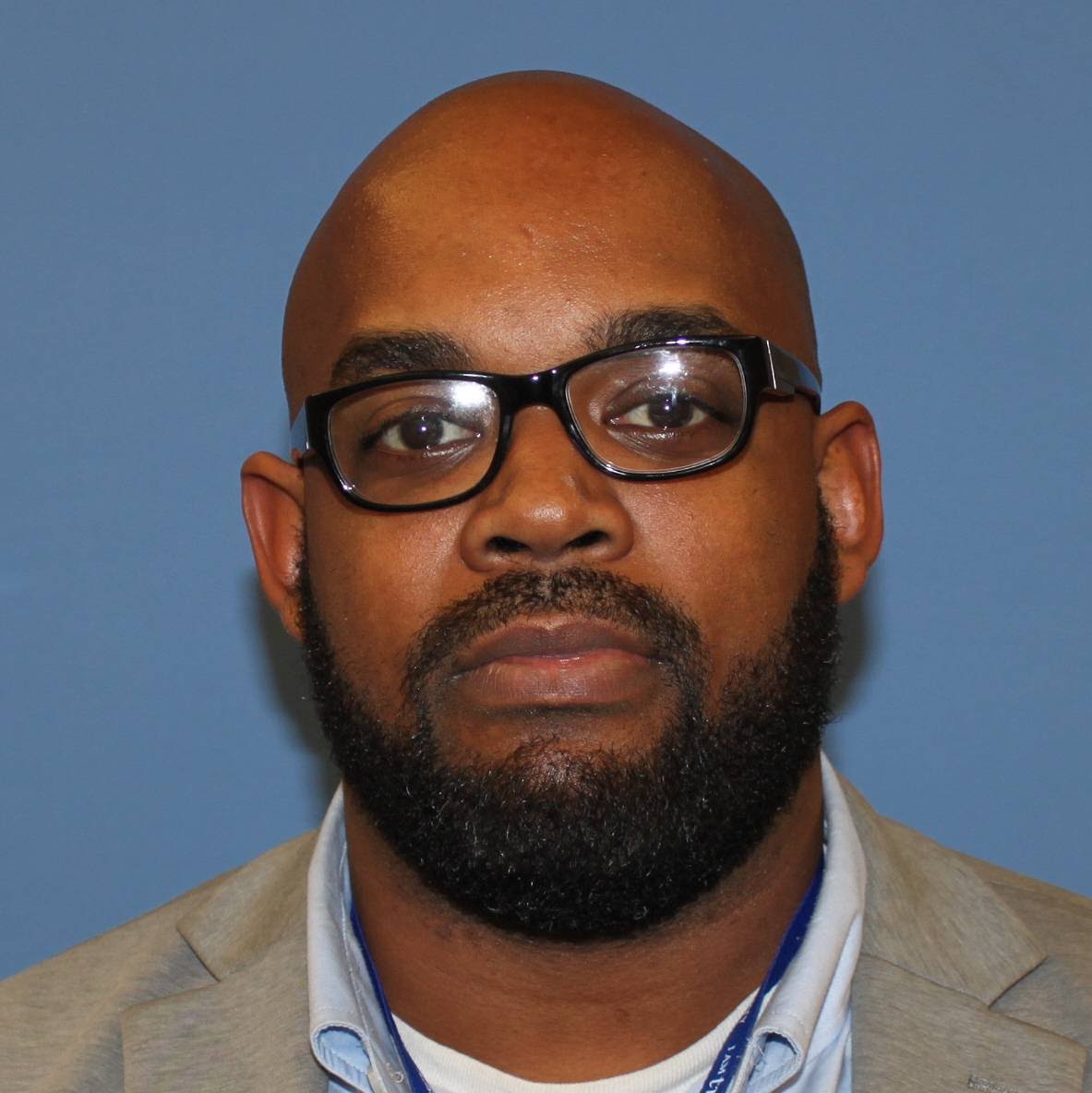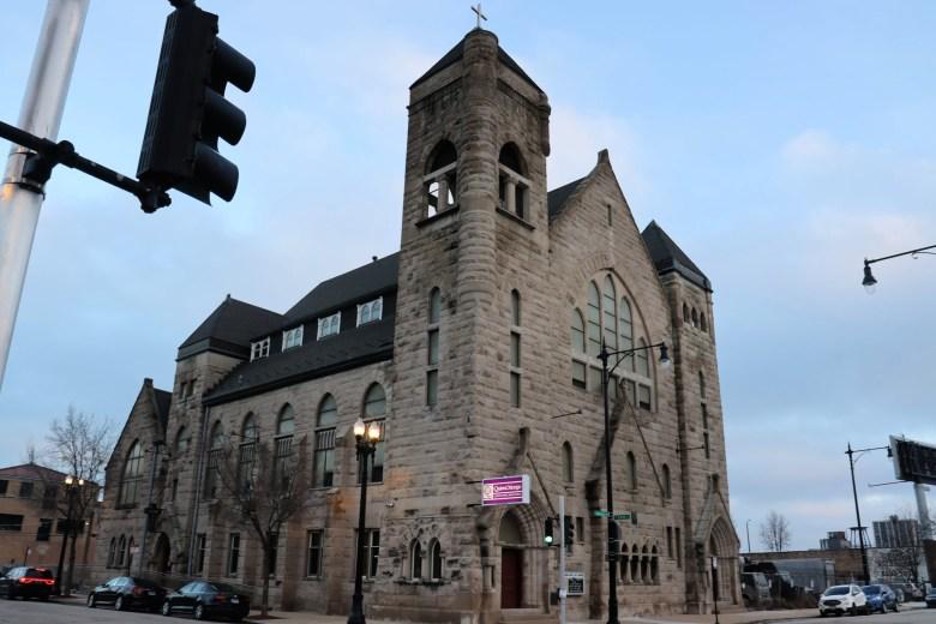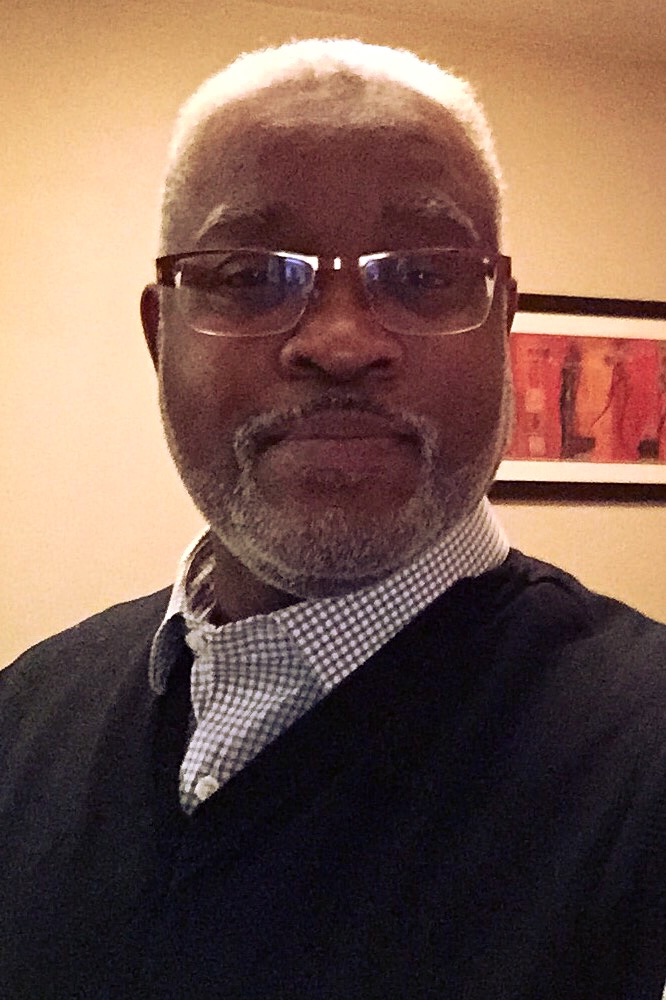By Aaron M. Treadwell, PhD., Contributing Writer
Black History Month (BHJM) is the oldest historical celebration in America, and its existence has challenged the ideological fears of white supremacy since 1926. The father of Black History, Carter G. Woodson, conducted the celebration, and its purpose was proactive – never again should people be allowed to deny the existence of black history.[1] Woodson, who was told that researching black history was an impossible task at Harvard, used the pen to examine how hateful ideology could turn into prejudice, bigotry, and even violence for the disinherited. In his seminal work, “The Mis-Education of the Negro,” Woodson even makes the bold claim that “there would be no lynching if ‘it’ did not start in the schoolroom.”
The aforementioned “it” was America’s ideological and theological disdain towards black people and their culture, and Woodson’s work warranted numerous crimes against black people in the name of saving white ideological supremacy. Political and educational attacks against Black History Week and later the now month-long celebration continue. Some states have supported boycotts of BHM, Confederacy month replacements, and even an “international “ celebration replacement, each effort to marginalize those of African descent further. Yet, one of the more haunting methods of demeaning black ideology in American history has been the act of physical violence. The historiography of Nadir-era violence is flooded with details of lynching, but what is often overlooked is the terrorist act of firebombing, or what is legally described as arson.
There are hundreds of recorded arsons in the annals of African-American history, and many of these violent acts target institutions supporting uplift; one of the best examples is the black church. One black congregation in Murfreesboro, Tennessee, Key Memorial UMC, was burned just days after the Pastor’s son integrated a local high school (Central Magnet High, Murfreesboro, Tennessee). To express the recency of such events, this person is still a Trustee in my congregation. When observing the police report, the tragedy was filed as a “mysterious accident,” although living members of my congregation say otherwise.[2] In Perry, Florida, arsonists burned Stewart Memorial AME Church after a member decided to get political. In Clyattville, Georgia, Peyton AME Church was one of six black churches to face arson in a violent terrorist spree against a Student Non-violence Coordinating Committee (SNCC) registration drive in the area. Peyton’s arson happened on September 14, 1962, as “somebody threw a Molotov cocktail into Peyton AME Church in attempt to destroy it.” Thankfully, the arsonist used “an inflammable liquid” that did not burn the entire building. [3]
On February 1, 2022, more than a dozen Historical Black Colleges and Universities (HBCU) received bomb threats.[4] Among the institutions targeted with hate crimes were schools affiliated with the Black church; this included an AME institution Edward Waters University in Jacksonville, Florida. The historical methodology behind arson in the post-Nadir era was strategic. Churches that utilized a social-political theology were often targeted and threatened until silenced. Institutions that provided autonomy, business and economic opportunities, and educational uplift were also targeted and threatened. In fact, violence became so bad that many churches like those in the Florida Conference voted against political theology in its pulpits in 1881. During an Annual Conference, a leading presiding elder put forth the direction that nobody would “be admitted hereafter into the Conference as long as the ministers were involved in political pursuits.” [5]
Therefore, the strategic targeting of HBCUs should also be acknowledged as intentional – these institutions of higher learning produce more African-American professionals than predominately white institutions. They are being targeted because their existence is a threat; they are being attacked because their work is steeped in divine justice, and their work has been successful in uplifting its people. Just as Woodson’s Black History week sought to rid America of ideological suppression, institutions like the black church and HBCUs must continue to carry on the same tradition. “This is the universal note in Black Theology. It believes that all people were created for freedom and that God always sides with the oppressed against the oppressors.”[6]
[1] Jarvis R. Givens, Fugitive Pedagogy, (Cambridge, MA: Harvard University Press), 2021.
[2] The Nashville Banner, Jun 22, 1963; Chattanooga Daily Times, Jun 9, 1963.
[3] Aaron Treadwell, Crisis” in the Study of Religion, “Black Fires: Analyzing the Relationship Between Radical Theology and Arson in South Georgia,” (Equinox Publishing Ltd.: Sheffield, South Yorkshire) In Print (2022); The Knoxville News-Sentinel, Sun, September 16, 1962, 10.
[4] Alisha Ebrahimji, CNN. 2022. “‘I’m Just Tired Of Being Terrorized Like My Grandparents Were’: More Than A Dozen Hbcus Got Bomb Threats On The 1St Day Of Black History Month”. CNN. https://www.cnn.com/2022/02/01/us/hbcu-bomb-threats-tuesday/index.html.
[5] Canter Brown, Carpetbagger Intrigues, 286-87; Jacksonville Daily Florida Union, December 6, 1881.
[6] James H Cone, Peter J Paris, and Kelly Brown Douglas, A Black Theology Of Liberation, (Orbis Books: Ossining, NY), pg. 32.





